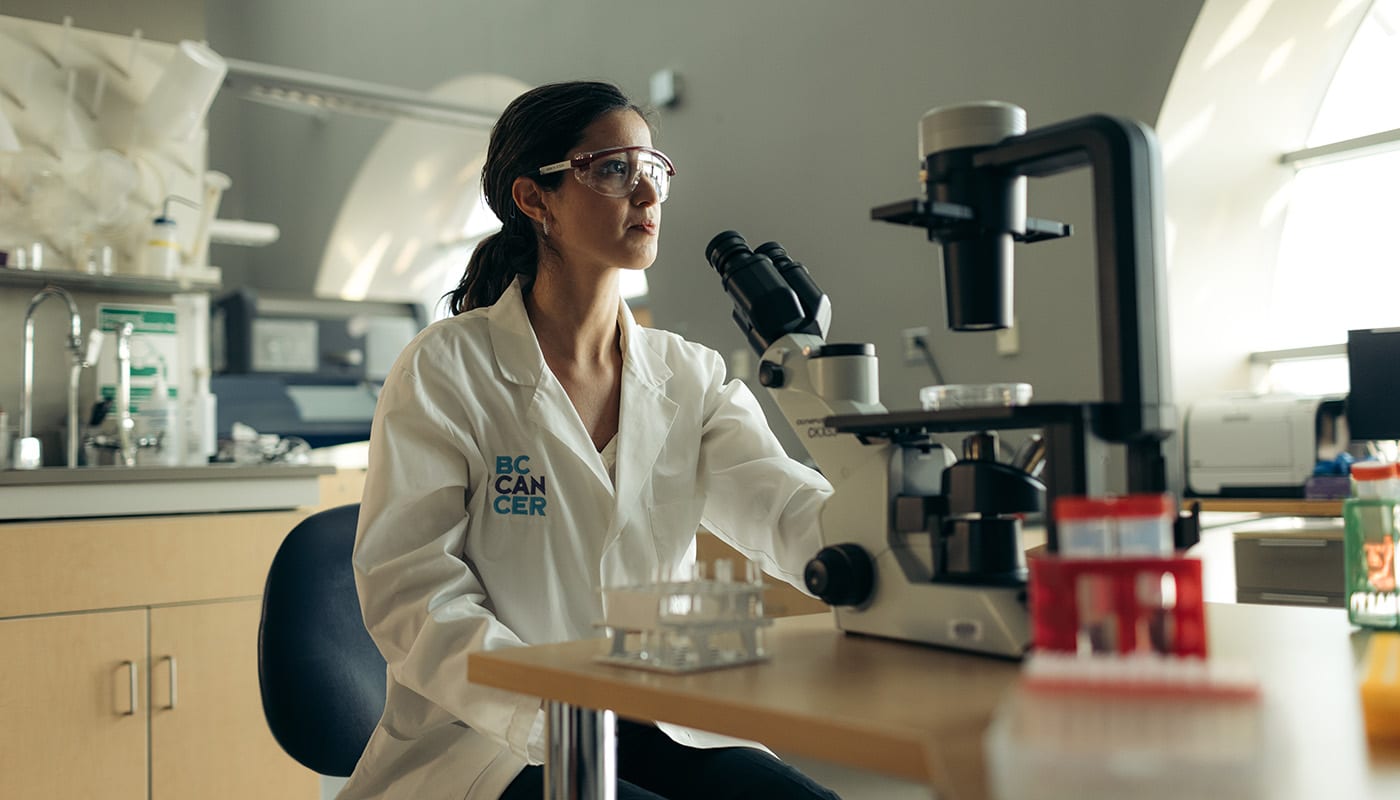During my PhD at UBC, I became convinced of a notion that had been known for decades: “cancer is a disease of the genome”. So naturally, to further our understanding of cancer, the genomes of tumours would need to be precisely decoded.
Frustratingly, technology did not yet exist to study individual tumours in this way. After all, it took the human genome project billions of dollars, 15 years and 1000s of scientists to sequence a single genome. Remarkably, a sea of change in technology in the past five years has brought sequencing the genomes of individuals within practical reach.
We are fortunate at the BC Cancer Agency as our own world-class Genome Sciences Centre, led by Dr. Marco Marra, were early adopters of these new sequencing machines with the express intent of applying them to our carefully annotated and well-preserved banked tumour samples.
One of the challenges was that these machines produce unimaginable amounts of data that must be organized, analysed and interpreted for biological and clinical relevance. ‘
This is where I came in.
I was recruited to the agency as a postdoctoral fellow working with two visionary molecular pathologists: Dr. Sam Aparicio and Dr. David Huntsman, who began sequencing the genomes of breast and ovarian cancers.
After a couple of weeks in my new job, I passed Sam in the hallway and he mentioned to me: “There is a breast cancer genome sitting on a hard drive on your desk….”
Wow! 120-billion data points from a single cancer sample….
Needless to say, I thought this was going to keep me busy for a long time. Well, it has indeed kept me busy.
In 2010, I started my research lab here at the BC Cancer Agency—dedicated to computational interpretation of cancer genomes (which means interpreting the composition of genomes via computer data).
Sohrab


